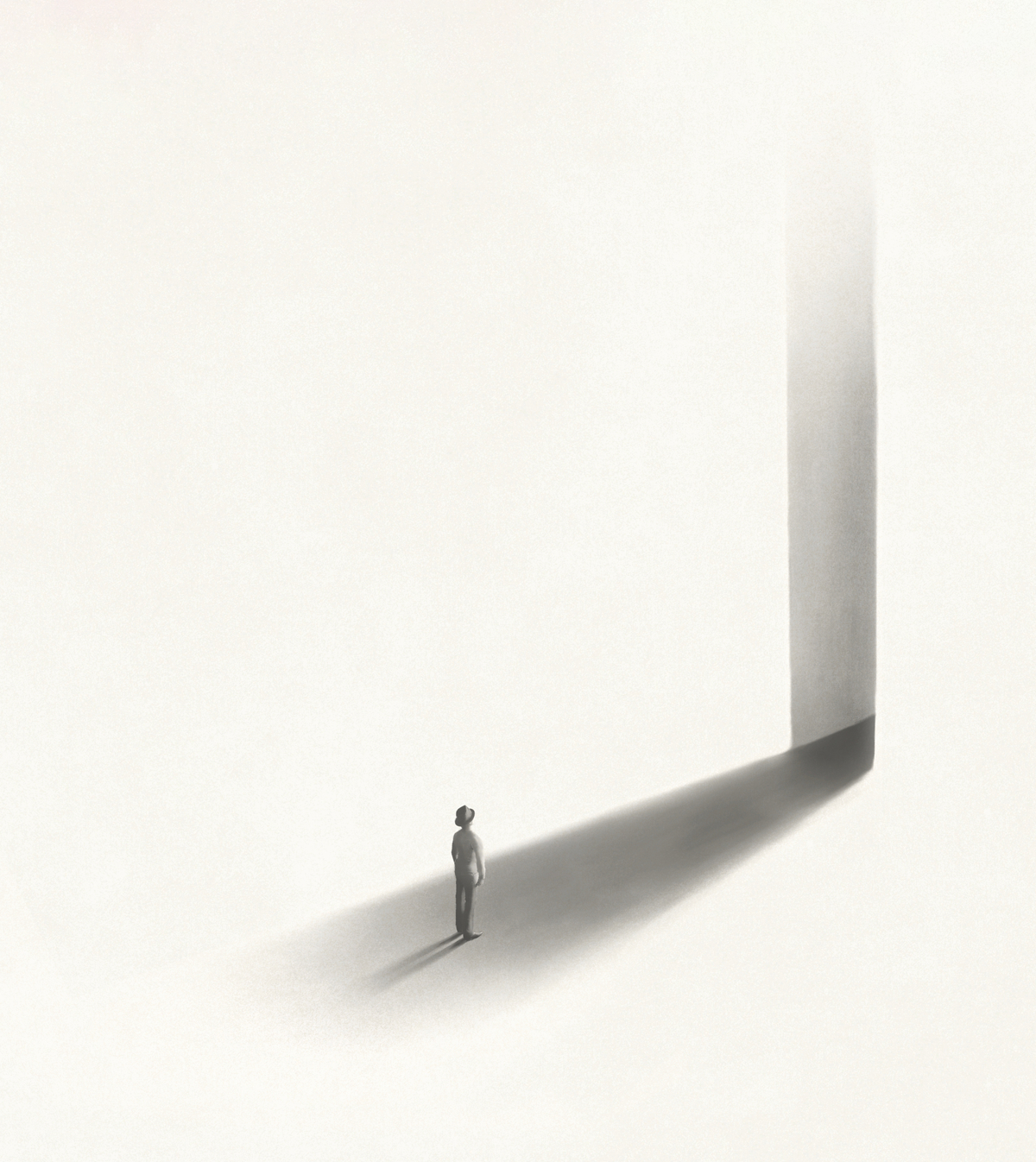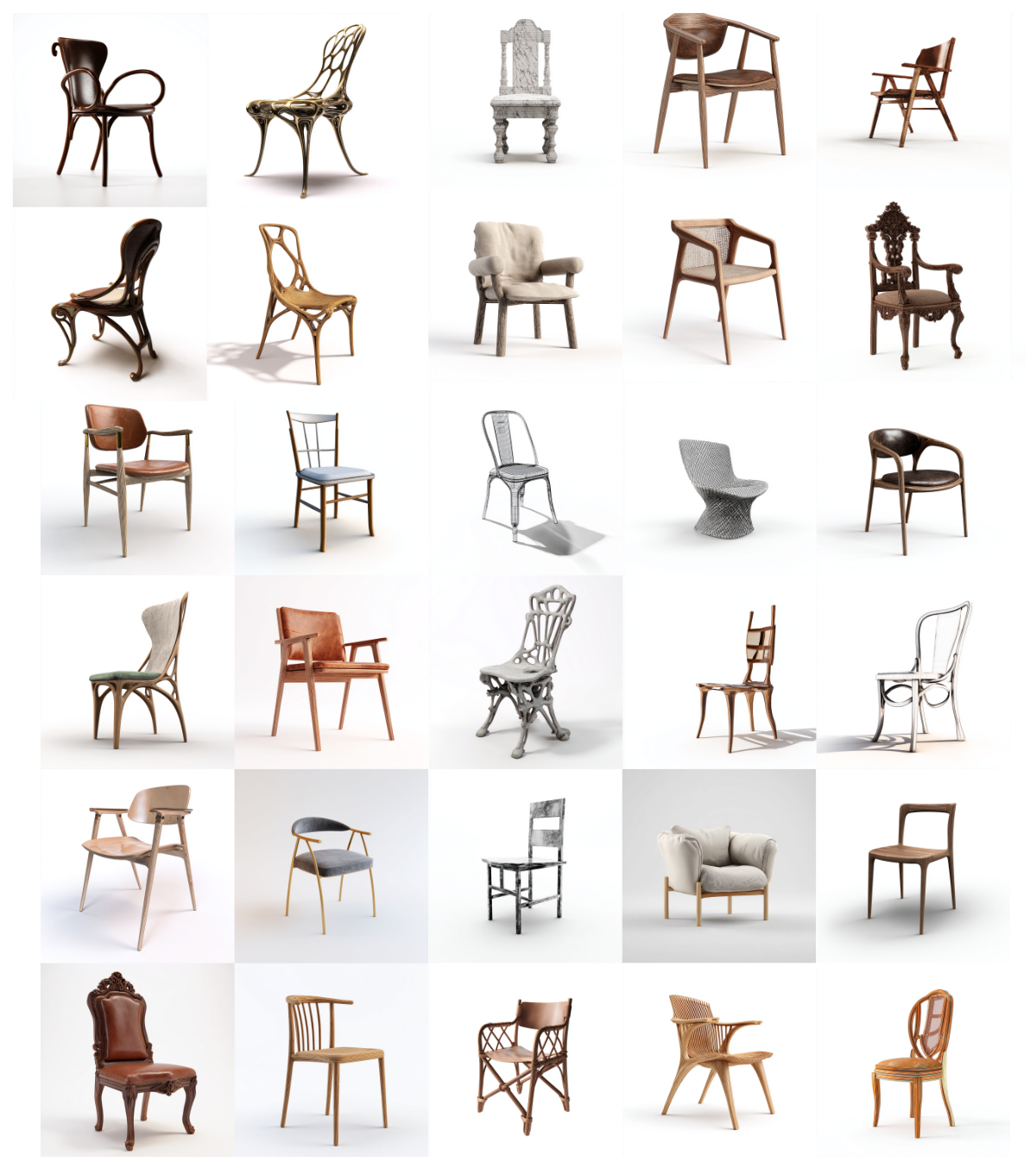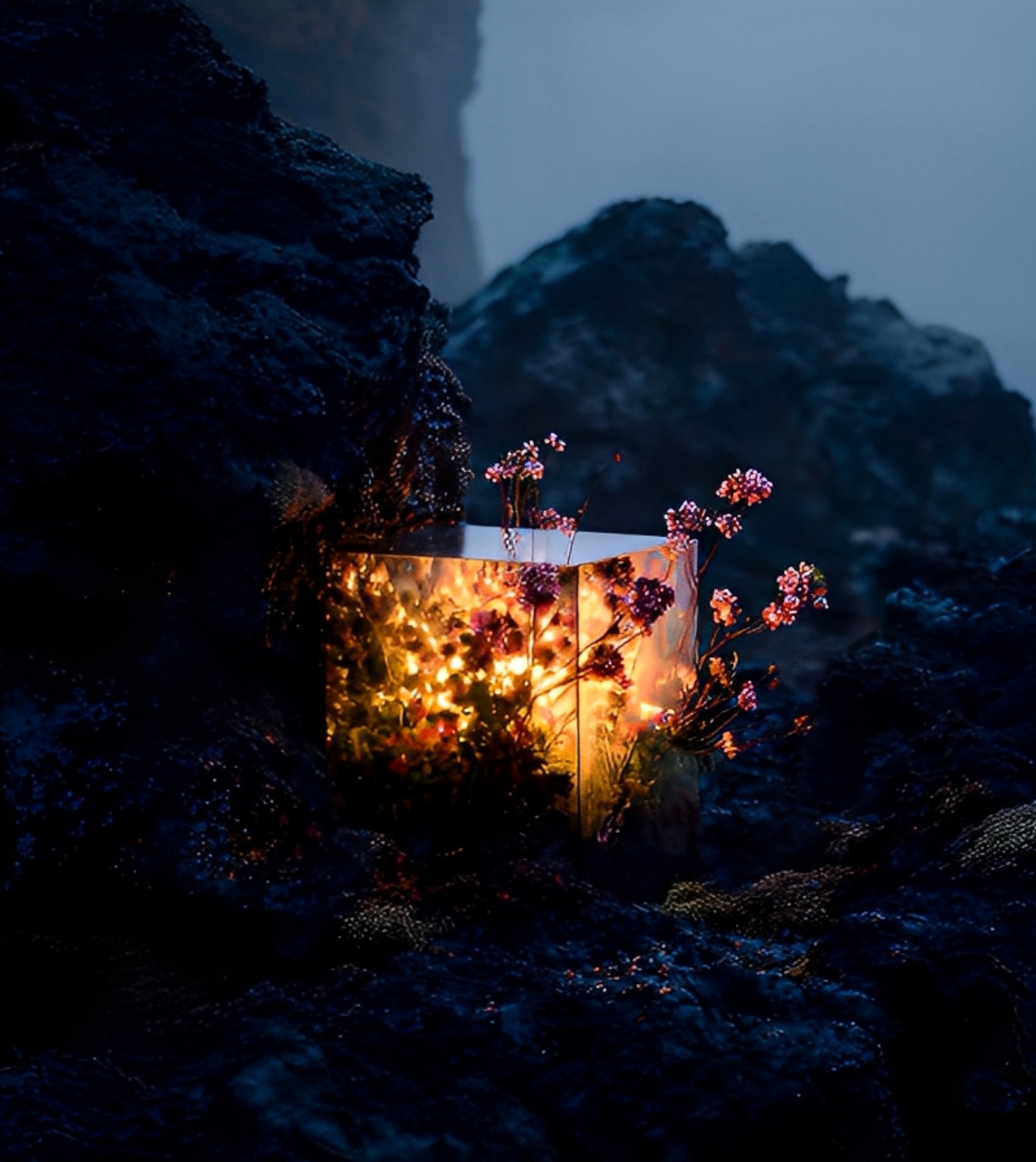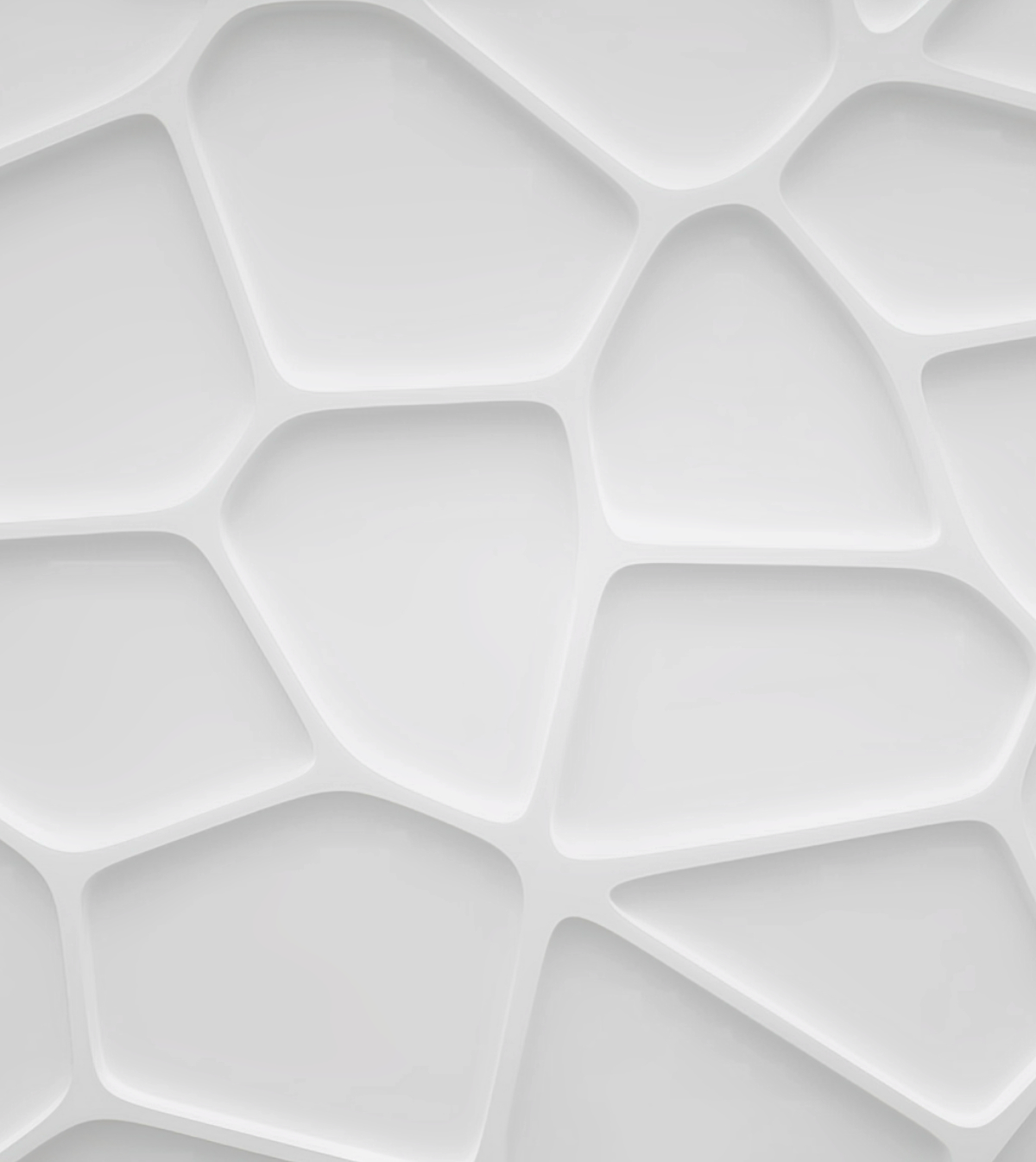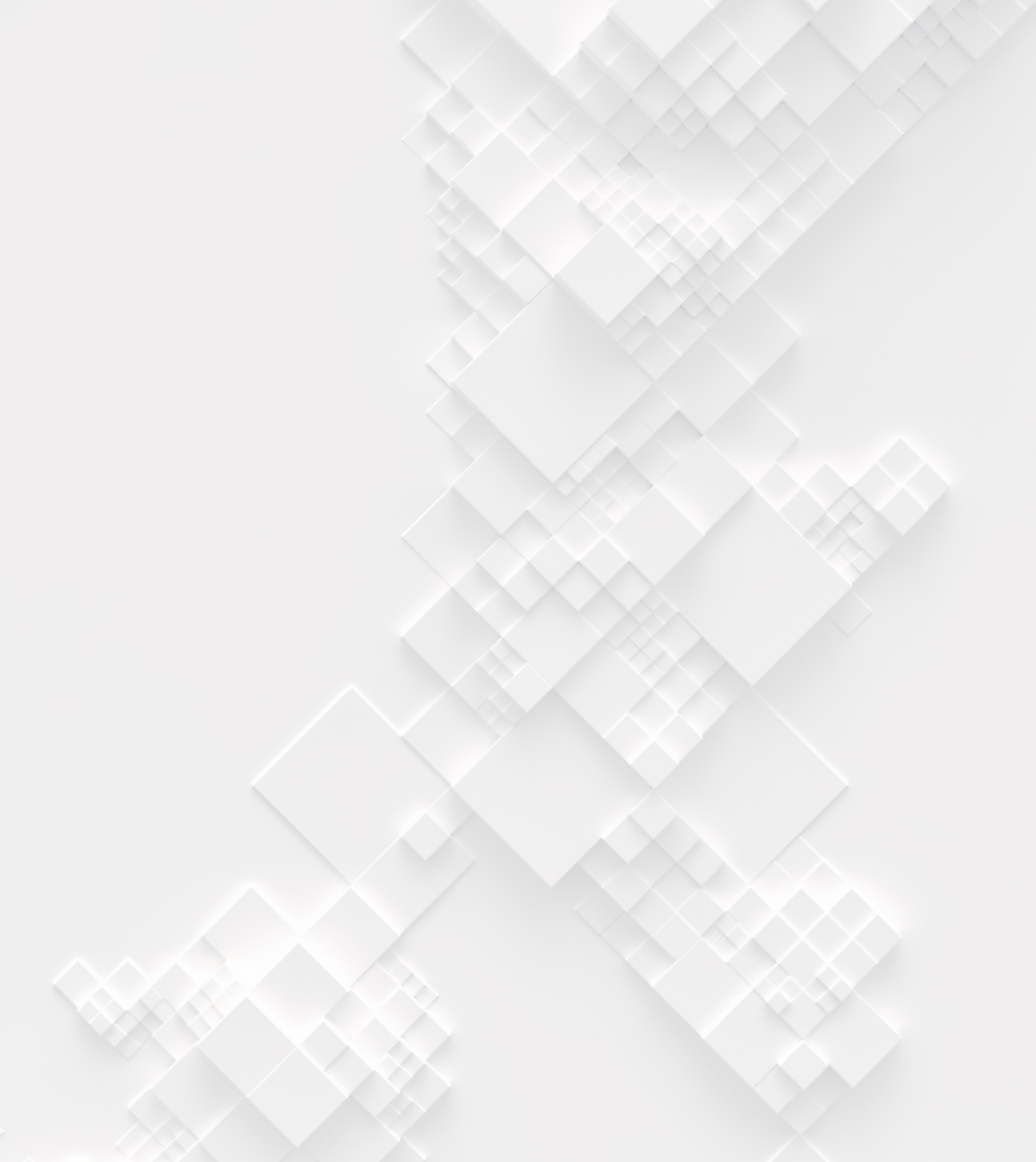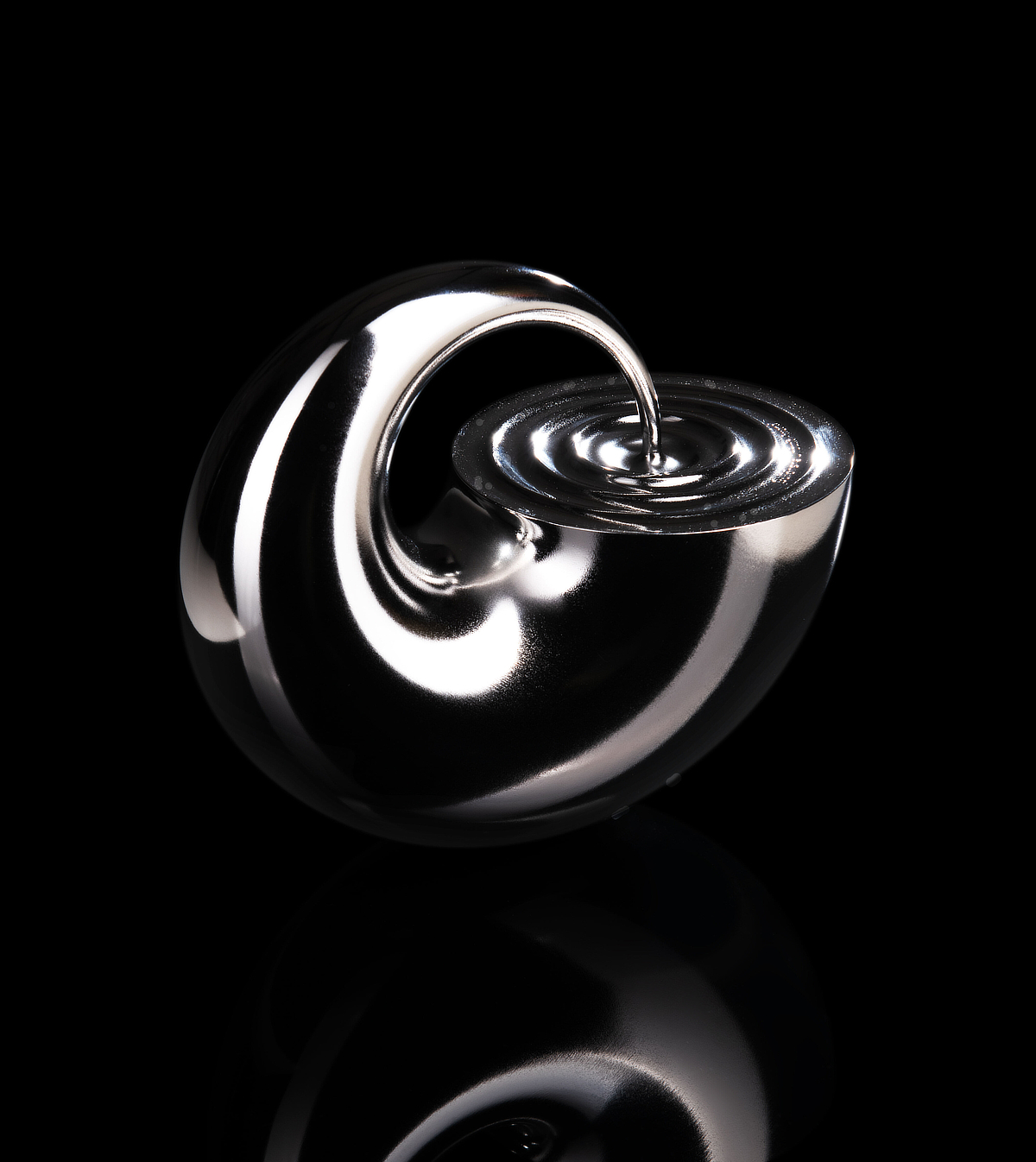We’d like to take this opportunity to introduce the 1st prize winners of our Mujassam Watan Urban Sculpture Challenge Competition, Tharwa Sea Front Site – Timothy M Williams, Yahia Atef Saleh Mohamed and Landon J Healy from United States!

Timothy M Williams, Yahia Atef Saleh Mohamed and Landon J Healy
Please tell us about your company (when it was founded, where it is based, how many employees, etc) Alternatively, if you do not have a company, please give us some insights on your own professional/academia background.
We are a team of three designers and architects, Tim, Yahia, and Landon, united by a shared passion for pushing the boundaries of art, design, and architecture beyond our daily practice in a large architecture firm. Tim is a licensed architect in the United States with international experience, having worked at leading firms in New York, Paris, and Hong Kong before returning to his hometown to bring fresh perspectives to his community. In 2025, he received the Young Architect Award from the American Institute of Architects in Nebraska. Tim is a graduate of the University of Kansas School of Architecture and Design, where he now serves on the Professional Advisory Board. Yahia grew up in the historic city of Cairo, where he developed an early fascination with how architecture shapes human experience and community life. He is a recipient of the AIA Central States Design Honor Award for Built & Unbuilt, which recognizes his innovative vision and his commitment to advancing the profession. Yahia’s work emphasizes creativity, performance, and environmental responsibility. He earned his Bachelor of Architecture and Building Sciences, with a minor in Sustainability, from Iowa State University. Landon is an architectural designer with a strong interest in monumental and conceptual architecture. His work has received multiple national design awards, with recognition in New York and California, both during his academic career and through independent studies. Beyond architecture, he explores visualization and conceptual design for imagined and experimental environments. Landon is a graduate of the University of Nebraska - Lincoln School of Architecture.
Brief information about the projects that you/your company have been involved with. For instance, what scale have you focused on/preferred, any significant projects where the company/ individuals have been Involved?
This team is a one-time collaboration formed specifically for this competition, bringing together diverse skills and perspectives to best address its unique challenges. Collectively, the members have contributed to projects ranging from the Qatar National Museum to supertall towers in China, as well as award-winning STEM museums and libraries in the United States. Each member is currently part of a leading international architecture firm.
What does architecture mean to you and what is the role of an architect in your society?
For this project, Tim, Yahia, and Landon approached architecture as a creative exercise, resulting in a distinctive cultural object and design. Rather than following a strictly logical process, the team relied on intuition to guide their work toward a unique solution.
Why do you participate in architecture competitions?
The team joined this competition as an opportunity to explore new typologies, contexts, and ideas beyond their usual areas of practice. They view competitions as a testing ground for innovative designs, material explorations, and fresh approaches to shaping the built environment.
What advice would you give to individuals who struggle to decide whether it would be beneficial for them to participate in architecture competitions?
Placing a deadline on ideas is an incredibly powerful tool. Competitions supply the rigor needed to challenge and advance ones own thoughts.
Top 3 Reasons Why You Should Enter Architecture Competitions
Curious about the value of architecture competitions? Discover the transformative power they can have on your career - from igniting creativity and turning designs into reality, to gaining international recognition.
Learn more

